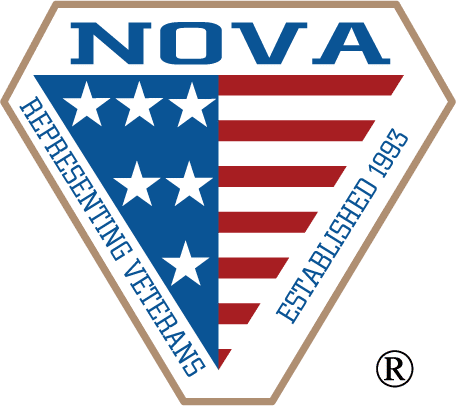VA math can be complicated and confusing. Many veterans receive multiple ratings from VA for different service connected conditions. But, their total VA rating adds up to much less than the sum of the individual ratings.
It seems like VA math almost always works against you. But, there is one area where VA math can work in your favor – TDIU.
TDIU stands for individual unemployability or total disability based on individual unemployability. The idea behind TDIU is that sometimes you are totally disabled from employment even if your VA rating does not add up to 100%.

Now, you probably cannot just go from a 10% VA rating to 100%. But, if you have a VA of 60 or 70 percent, you may qualify for TDIU if you meet VA’s definition of unemployability.
In this article, I am going to focus on the requirements you may need to meet in order to qualify for TDIU.
What happens if I have a rating of 60% or higher for a single service connected condition?
One situation where VA allows you to use TDIU is when you have at least one service-connected disability rated at 60% or higher. This is one of the threshold criteria for TDIU benefits.
VA uses these criteria because a 60% rating for a single service connected disability is pretty high. Veterans with this high a rating will often find it difficult to work. So, VA allows veterans who meet this criteria to qualify for TDIU if they also meet VA’s definition of unemployability.
Do I automatically qualify for TDIU if I have a 60% VA rating for at least one service-connected condition?
No. The 60% VA rating for at least one-service connected condition just means that you could file. You still have to prove that you are unemployable to qualify for TDIU.
What is the benefit of qualifying for TDIU?
The main benefit of qualifying for TDIU is getting paid at a 100% VA rating level. There is a substantial difference between what you will draw for a VA rating of 90% and a VA rating of 100%.
For example, a veteran alone in 2017 would draw almost $1,800 a month with a 90% rating but would draw almost $3,000 a month with a 100% rating. So, there is a difference of approximately $1,200 per month. This means that a veteran with a 100% rating will receive over $14,000 a year more than a veteran with a 90% rating.
If the veteran has dependents (spouse, children, and/or parents), then the benefit numbers are a little different depending on the number and type of dependents. But, veterans with a 100% rating still receive around $1,200 a month more than similar veterans with a 90% rating.
Can I apply for TDIU if my highest rated service-connected disability is under 60%?
Yes. The threshhold of a 60% rating for at least one service-connected disability is not the only way to potentially become eligible for TDIU. Veterans with a combined VA rating of 70% who have at least one rating of 40% can also apply for TDIU.
So, VA allows you to apply for TDIU if you have one very severe service-connected disability. It also lets you apply if you have several service connected disaiblities and one of them is pretty severe.

The thought here by VA seems to be the same. One severe disability may make it very difficult for you to work, but one fairly severe disability combined with several more minor disabilities may also prevent you from working.
Will VA automatically give me TDIU if I get my 60% rating and am unemployable?
Probably not. VA almost always makes you file an application for TDIU. While there are some exceptions to that, the safest thing to do is to file for TDIU. Otherwise, you risk VA saying that you cannot get the backpay you would be owed because you did not actually apply for TDIU.





